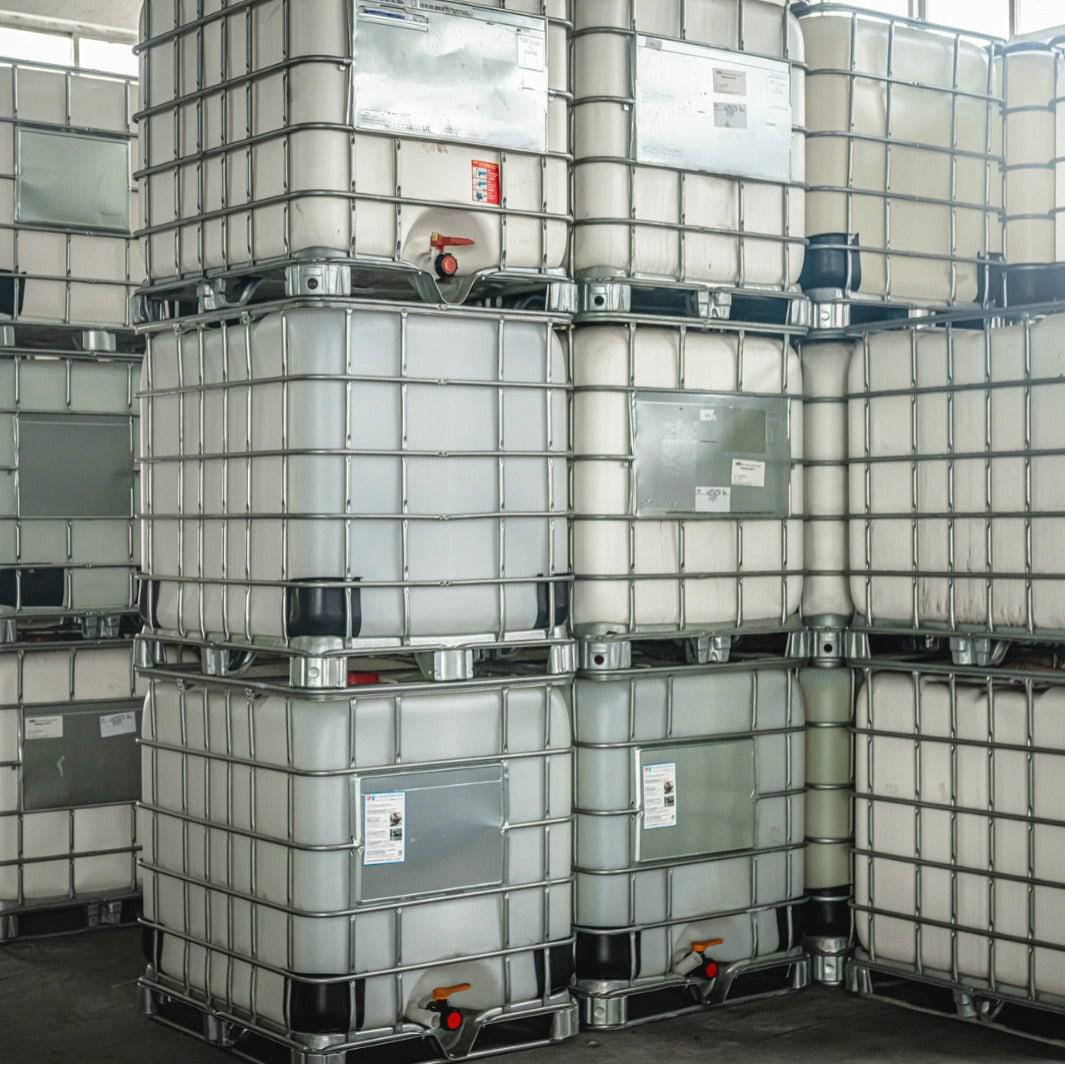The smart Trick of Chemie That Nobody is Discussing
The smart Trick of Chemie That Nobody is Discussing
Blog Article
Chemie Can Be Fun For Anyone
Table of ContentsAn Unbiased View of ChemieSome Known Incorrect Statements About Chemie The Only Guide for ChemieThe Basic Principles Of Chemie The Facts About Chemie UncoveredChemie - An Overview
By Bojanna Shantheyanda, Sreya Dutta, Kevin Coscia and David SchiemerDynalene, Inc. Fluid cooling, which can be attained using indirect or direct methods, is used in electronics applications having thermal power densities that might surpass secure dissipation via air cooling. Indirect liquid air conditioning is where warmth dissipating electronic elements are literally divided from the fluid coolant, whereas in case of direct air conditioning, the elements are in direct call with the coolant.In indirect air conditioning applications the electrical conductivity can be important if there are leaks and/or spillage of the fluids onto the electronic devices. In the indirect air conditioning applications where water based fluids with corrosion preventions are typically utilized, the electrical conductivity of the liquid coolant mostly relies on the ion focus in the liquid stream.
The rise in the ion concentration in a shut loop liquid stream may occur because of ion leaching from metals and nonmetal parts that the coolant fluid touches with. During operation, the electrical conductivity of the liquid might raise to a level which can be unsafe for the air conditioning system.
10 Simple Techniques For Chemie
(https://trello.com/w/chemie999/members)They are bead like polymers that are capable of trading ions with ions in a solution that it touches with. In today work, ion leaching tests were performed with different metals and polymers in both ultrapure deionized (DI) water, i.e. water which is dealt with to the greatest levels of pureness, and reduced electric conductive ethylene glycol/water mixture, with the gauged change in conductivity reported with time.
The samples were enabled to equilibrate at area temperature level for 2 days before recording the preliminary electric conductivity. In all tests reported in this research study fluid electrical conductivity was gauged to an accuracy of 1% using an Oakton CON 510/CON 6 collection meter which was adjusted prior to each dimension.
Rumored Buzz on Chemie
from the wall heating coils to the center of the furnace. The PTFE sample containers were placed in the furnace when consistent state temperatures were gotten to. The examination setup was gotten rid of from the heating system every 168 hours (7 days), cooled to space temperature level with the electric conductivity of the liquid gauged.
The electric conductivity of the fluid sample was kept an eye on for a total of 5000 hours (208 days). Figure 2. Schematic of the indirect closed loop cooling down experiment set up - heat transfer fluid. Table 1. Components made use of in the indirect shut loop cooling down experiment that are in contact with the liquid coolant. A schematic of the speculative setup is received Number 2.

More About Chemie
The modification in fluid electrical conductivity was checked for 136 hours. The liquid from the system was collected and saved.

0.1 g of Dowex resin was included to 100g of liquid samples that was taken in a different container. The mix was mixed and transform in the electrical conductivity at room temperature level was determined every hour. The measured modification in the electrical conductivity of the UP-H2O and EG-LC examination liquids including polymer or steel when involved for 5,000 hours at 80C is revealed Figure 3.
Little Known Questions About Chemie.
Ion leaching experiment: Calculated change in electric conductivity of water and EG-LC coolants having either polymer or steel samples when submersed for 5,000 hours at 80C. The results indicate that steels contributed less ions into the liquids than plastics in both UP-H2O and EG-LC based coolants.
Fluids containing polypropylene and HDPE exhibited the cheapest electrical conductivity adjustments. This can be because of the short, stiff, straight chains which are much less likely to contribute ions than longer branched chains with weak intermolecular pressures. Silicone additionally did well in both test fluids, as polysiloxanes are usually chemically inert because of the high bond energy of the silicon-oxygen bond which would certainly protect against destruction of the material right into the fluid.
Chemie - Questions
It would certainly be anticipated that PVC would produce similar outcomes to those of PTFE and HDPE based upon the comparable chemical structures of the materials, nevertheless there might be various other impurities present in the PVC, such as plasticizers, that may affect the electric conductivity of the liquid - high temperature thermal fluid. Additionally, chloride groups in PVC can likewise seep right into the examination liquid and can cause an increase in electrical conductivity
Buna-N rubber and polyurethane showed indications of destruction and thermal disintegration which recommends that their feasible utility as a gasket or sticky material at higher temperatures could lead to application issues. Polyurethane entirely broke down right into the test fluid by the end of 5000 hour test. Figure 4. Before and after photos of metal and polymer samples submersed for 5,000 hours at 80C in the ion seeping experiment.
Calculated change in the electrical conductivity of UP-H2O coolant as a function of time with and without material cartridge in the closed indirect air conditioning loophole experiment. The gauged modification in electrical conductivity of the UP-H2O for web link 136 hours with and without ion exchange resin in the loophole is received Number 5.
Report this page